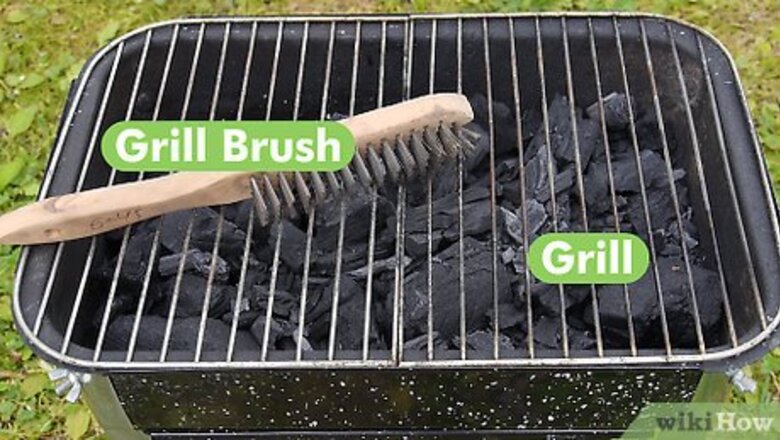
views
Preparing the Barbecue

Clean the grill grate. One of the trickiest parts of cooking fish on a barbecue is making sure it doesn't stick. If your grill grate still has bits of the last thing you cooked stuck to it, the fish's delicate skin and flesh will stick to the grate and the fish will fall apart. Clean your grill grate well with a stiff-wired grill brush. After you've scraped off all the bigger chunks of debris, finish the job by wiping off the dust with a dampened paper towel. If you're dealing with more debris than you can clean off with a wire brush, try this trick: cover the grill grate with a piece of aluminum foil, then light the grill and turn the heat up to full blast (around 550 degrees Fahrenheit). As the debris on the grill gets hot, it will break down and dissolve.
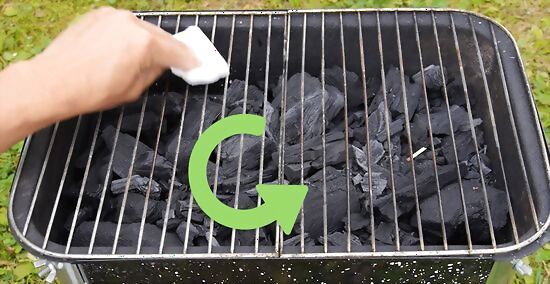
Oil the grill grate. This is part two in preventing the fish from sticking. Using oil to lubricate the grill grate makes a huge difference when you have to flip the fish or lift it onto a plate. Fold a paper towel into a square pad, dip it in cooking oil, and coat the grill grate well with oil. Wipe the grate with oil until the grate is glossy with the stuff. Don't skimp here, since the oil is the best defense you have against your fish sticking to the grill.
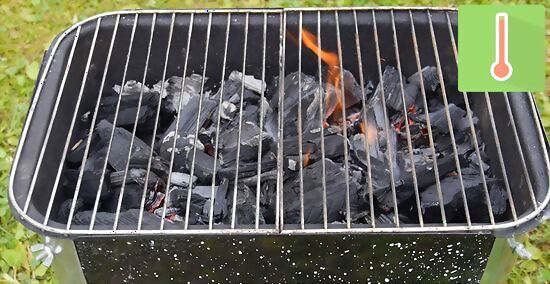
Heat the grill to high heat. If you put fish on a warm grill, it'll stick, so you want the grill to be very hot. Whether you're using a gas or charcoal barbecue, wait until it's completely heated to start cooking your fish. If you're using a charcoal grill, wait until the charcoal turns grey, which indicates it's nice and hot.
Barbecuing Fillets
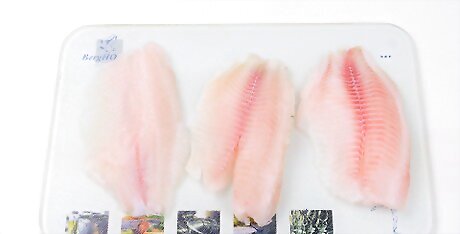
Choose a fillet to barbecue. Heartier species of fish are the best type to grill, since they'll hold up to high heat and won't flake apart when you try to lift them. Look for a fatty, thick, steak-like texture and avoid grilling flaky, delicate fish that will simply fall apart when prodded. Here are some great types of fish to barbecue: Salmon Tuna Halibut Swordfish
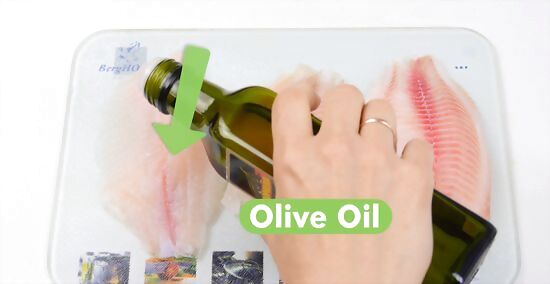
Prep the fish with oil and spices. Oil both sides of the fish with olive oil or another cooking oil to keep it from sticking to the grill. A good piece of fresh fish doesn't need much embellishment in the way of flavor, but a sprinkle of salt and pepper will enhance its natural properties. Avoid using a sugar-based marinade, since the sugar will stick to the grill and make it hard to move the fish. If you want to flavor the fish with additional spices and ingredients, you may want to consider roasting the fish in an aluminum foil packet instead of placing it directly on the barbecue.
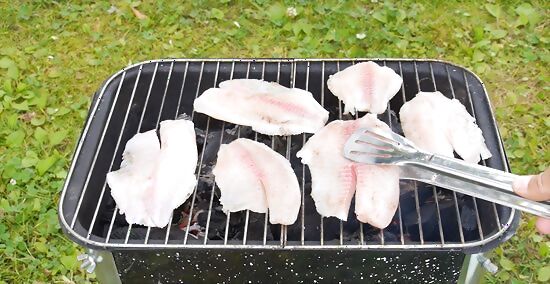
Place the fillets skin-side down on the grill. Cooking the skin side first will help the fish hold together. If your fish doesn't have skin, that's fine; just place it on the grill.
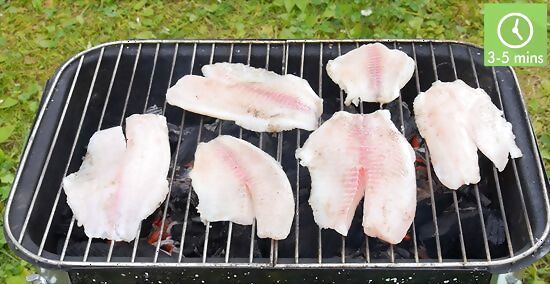
Cook it on the first side for three to five minutes. It takes about eight minutes to cook through an inch of fish, so for most fillets this means three to five minutes per side. Watch as the fish's flesh starts to cook and become opaque as the grill heats it from below.
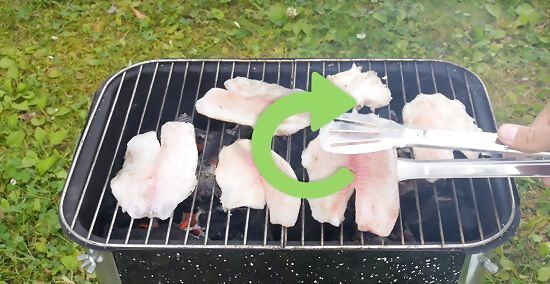
Flip the fish and finish cooking for another three to five minutes. The best tool to use for the job is a fish spatula, but any other type of metal spatula will do. Flip the fish carefully onto the other side.
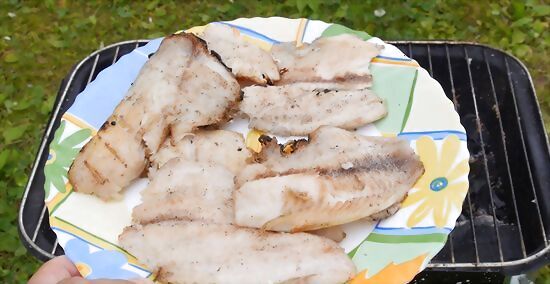
Remove the fish to a plate when it's finished. The fish should flake easily when poked with a fork and be opaque all the way through to the center. The internal temperature of fish should be a minimum of 145 degrees Fahrenheit (62.8 degrees Celsius) when finished.
Barbecuing Whole Fish
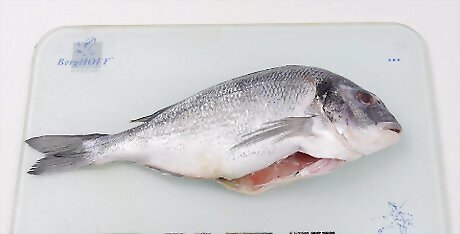
Buy a fresh whole fish. Any type of whole fish does great on a barbecue. Since whole fish are wrapped in foil before cooking, you don't have to worry about finding a fish with firm flesh. Look for a fresh fish with clear eyes and shiny scales with no bruises or discolored spots. Have the fish cleaned and scaled at the fish counter. The guts and scales will be removed so the fish is ready to go when you get home. You may want to plan ahead a bit further when you're cooking whole fish. A whole fish takes about three times as long to cook as a fillet.
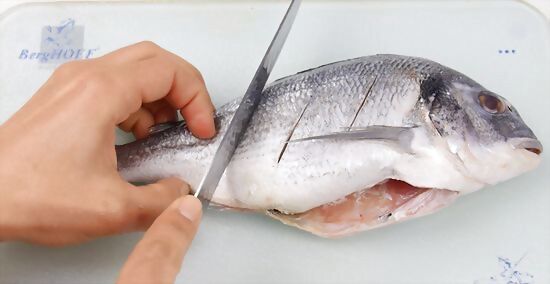
Score the skin. This will help the fish cook more evenly by opening the fish up to additional heat. Use a sharp paring knife to make a few slashes perpendicular to the backbone on both sides of the fish. Make longer, deeper slashes toward the head, where there's more meat and the fish cooks more slowly. The tail area cooks more quickly.
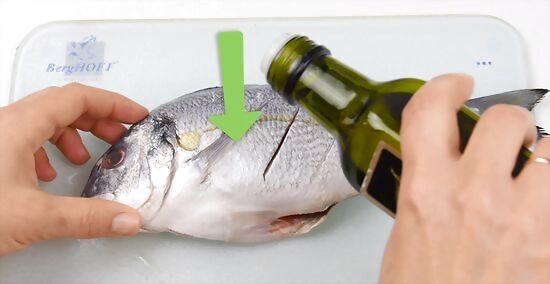
Season the fish inside and out. Rub olive oil all over the fish and sprinkle salt and pepper both inside and out. If you'd like to stuff the inside cavity with additional seasonings and herbs, feel free to do so. Here are a few popular seasoning combinations: A few slices of lemon and a few sprigs of thyme Minced garlic with rosemary Sliced red onion and butter
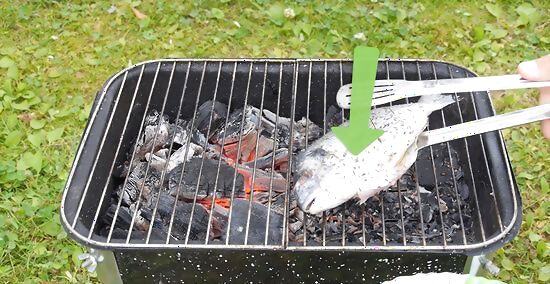
Place the fish in indirect heat. Instead of placing it right over the hot coals or fire, place it on a part of the grill that gets indirect heat, so it won't end up burning. The heat should be steady and medium or else the skin could burn before the fish is done. Place the fish so that the tail is furthest from the flames.
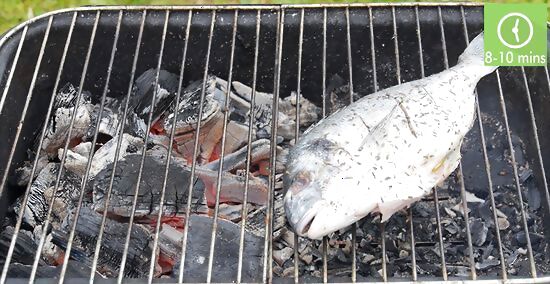
Barbecue the fish for eight to ten minutes per side. Each side should be cooked eight to ten minutes per inch of thickness. The fish is ready to be flipped when the meat flakes when poked with a fork. When one side is done, flip the fish and continue cooking for another eight to ten minutes. Another way to tell whether once side is sufficiently cooked is by moving the fish slightly with a spatula; if the skin no longer sticks, it's ready. If the fish sticks, it may not be finished cooking on that side. Give it another few minutes, then work it loose carefully. When done, the internal temperature of fish should be a minimum of 145 degrees Fahrenheit (62.8 degrees Celsius).
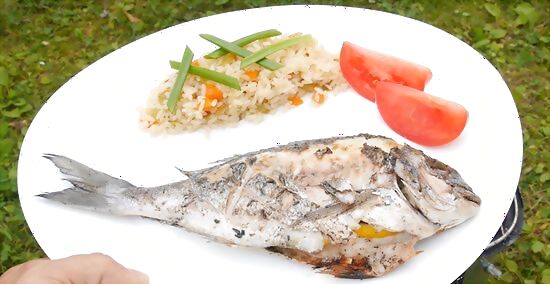
Place the fish on a platter. Lift it carefully onto a plate and garnish with lemon slices and herbs. To serve, flake it from the bones and divide into portions, or have your guests serve themselves.















Comments
0 comment